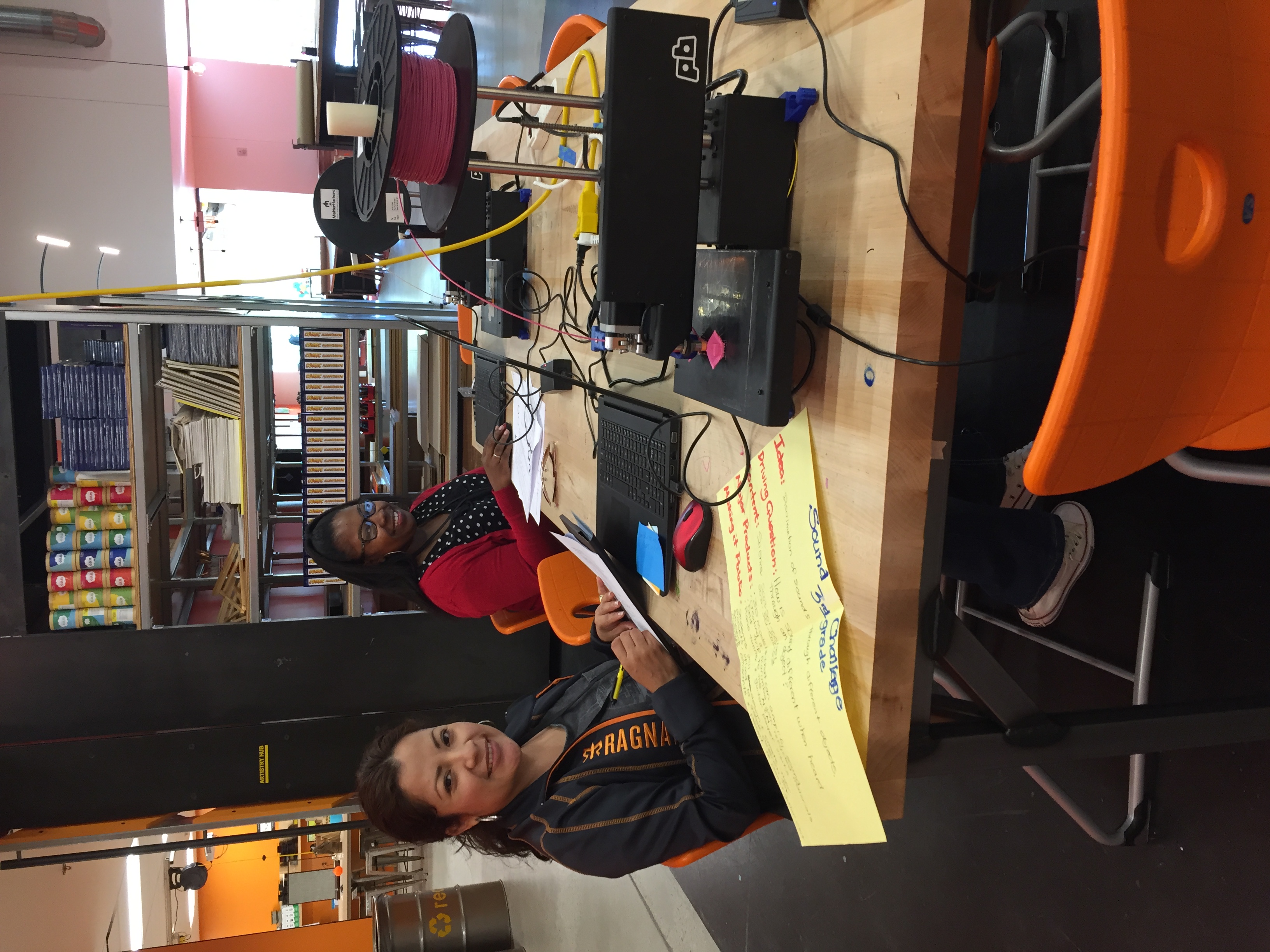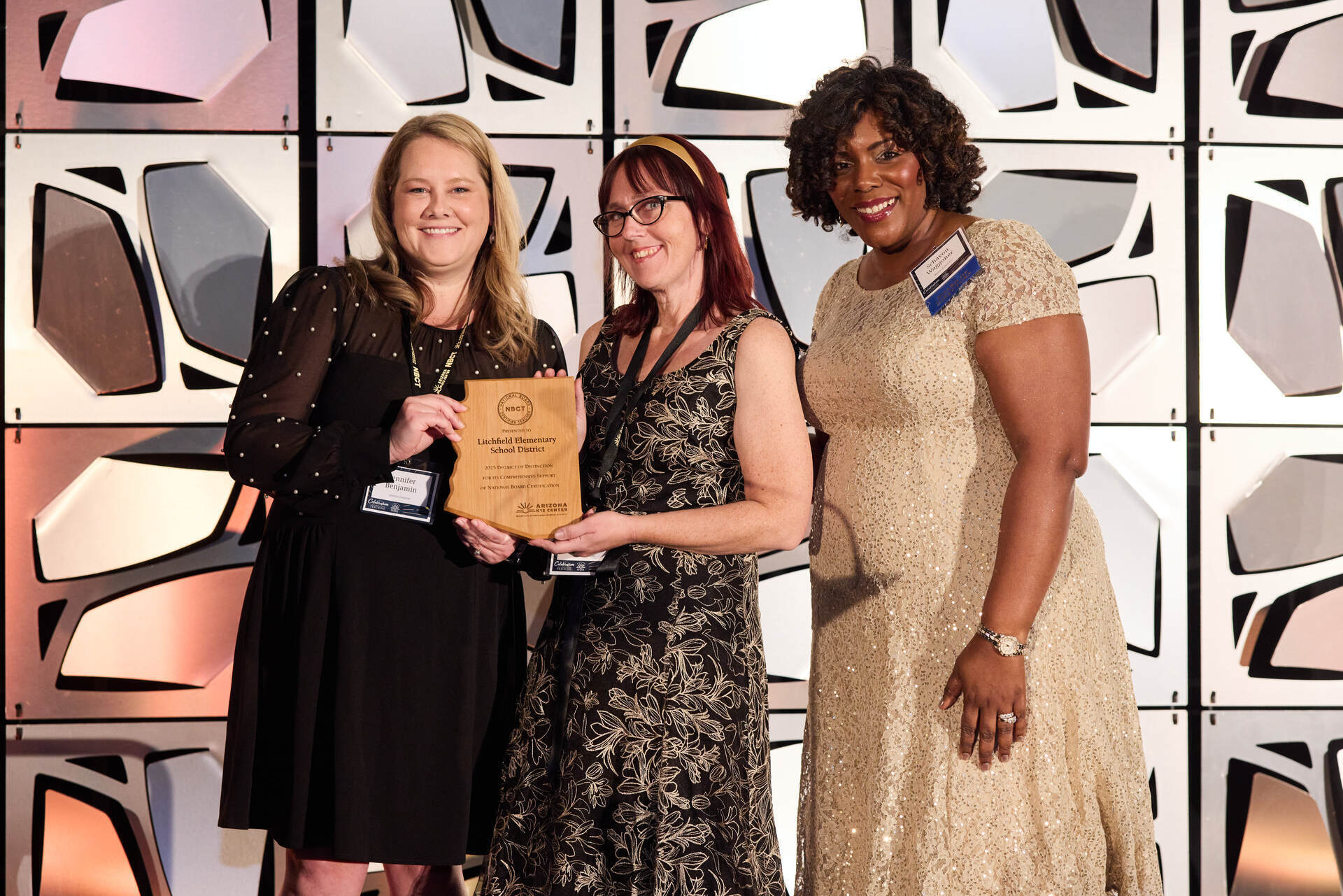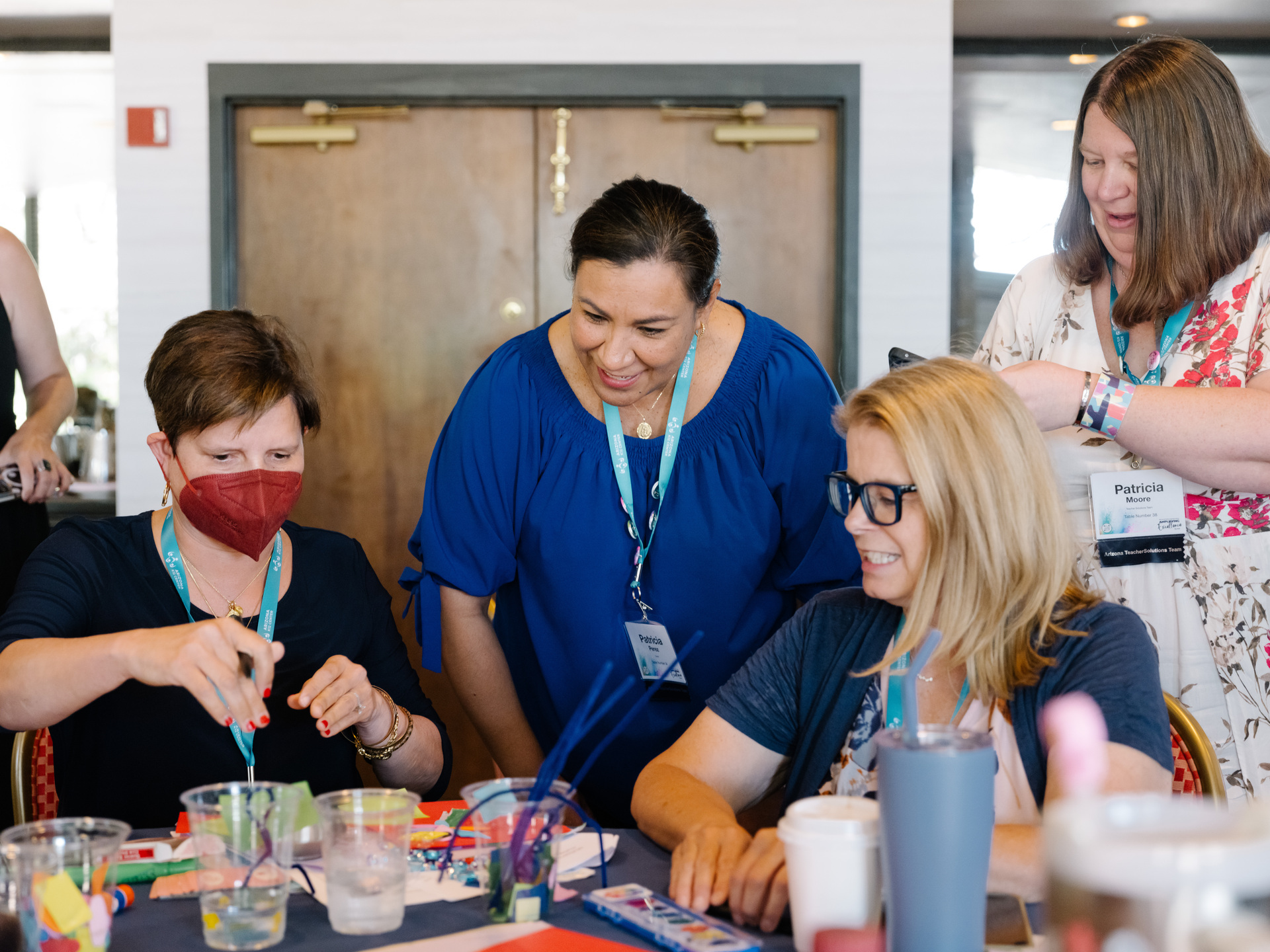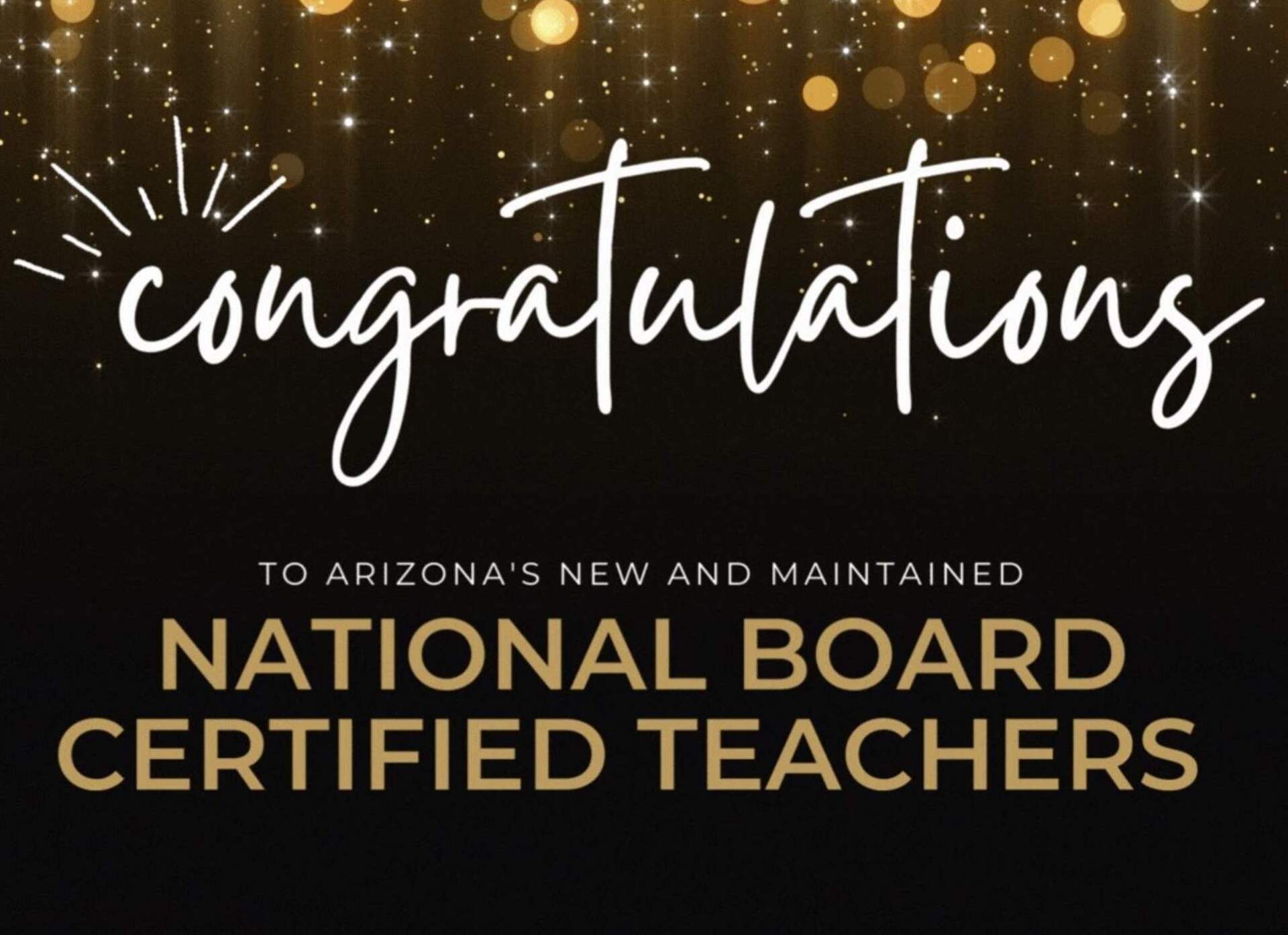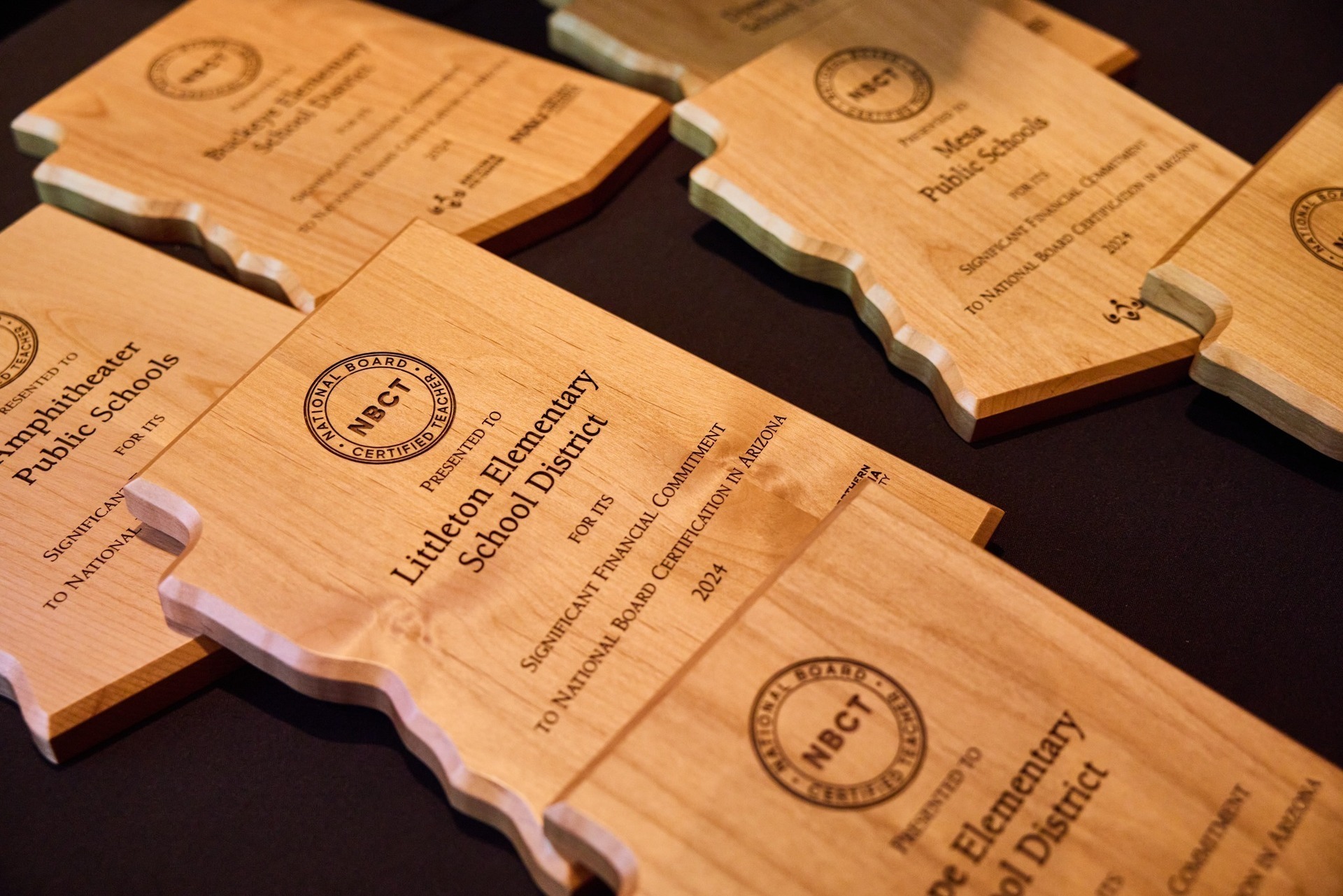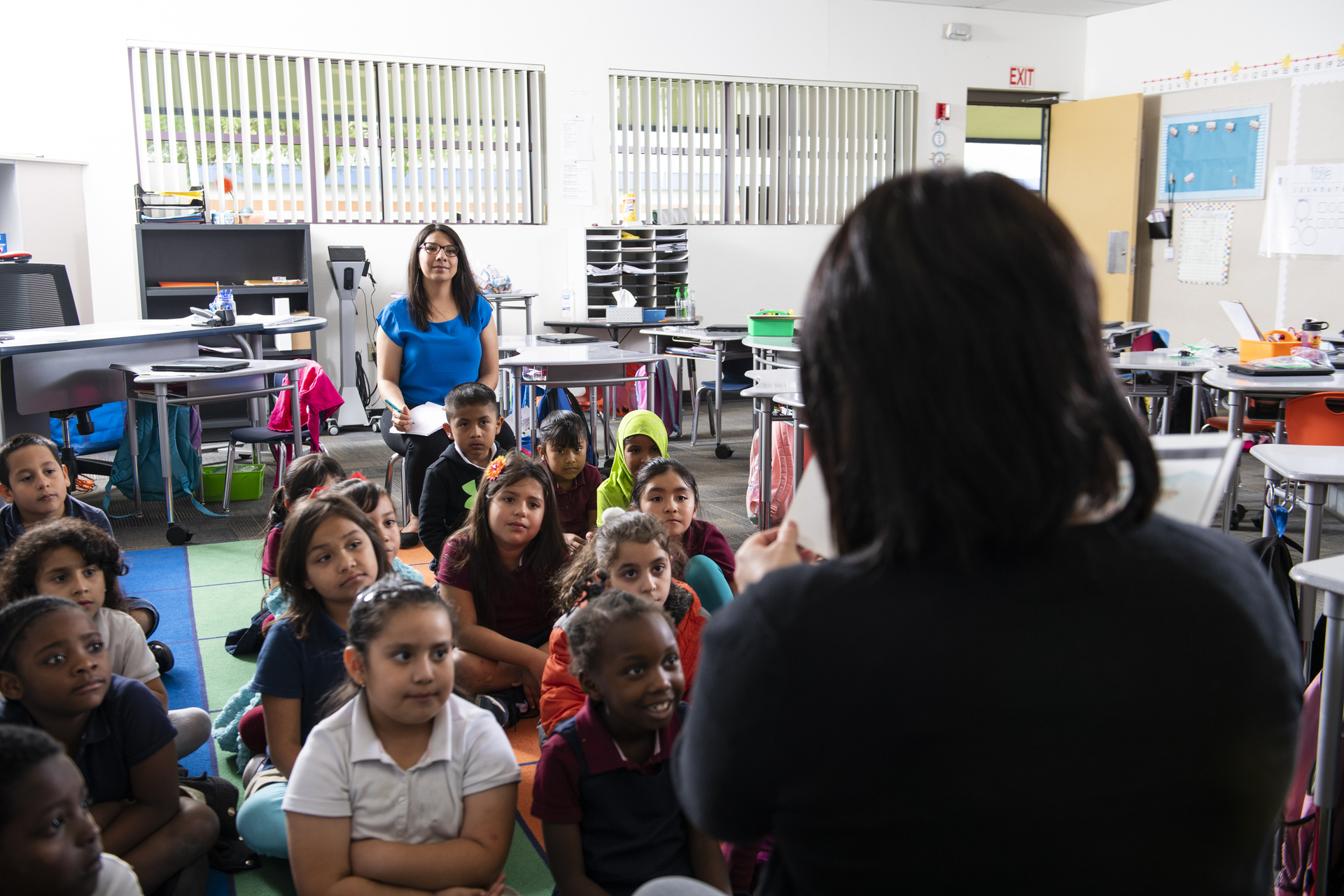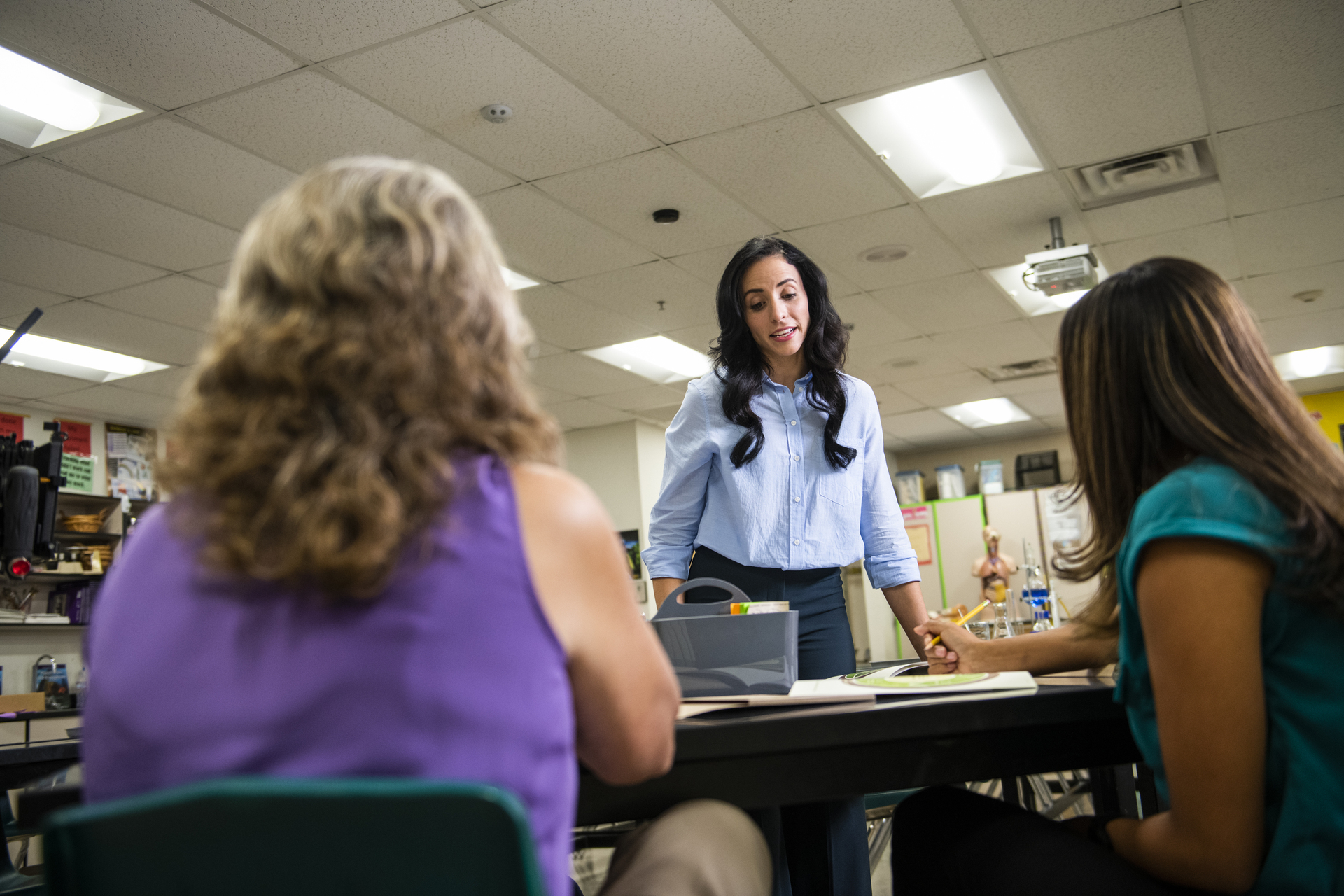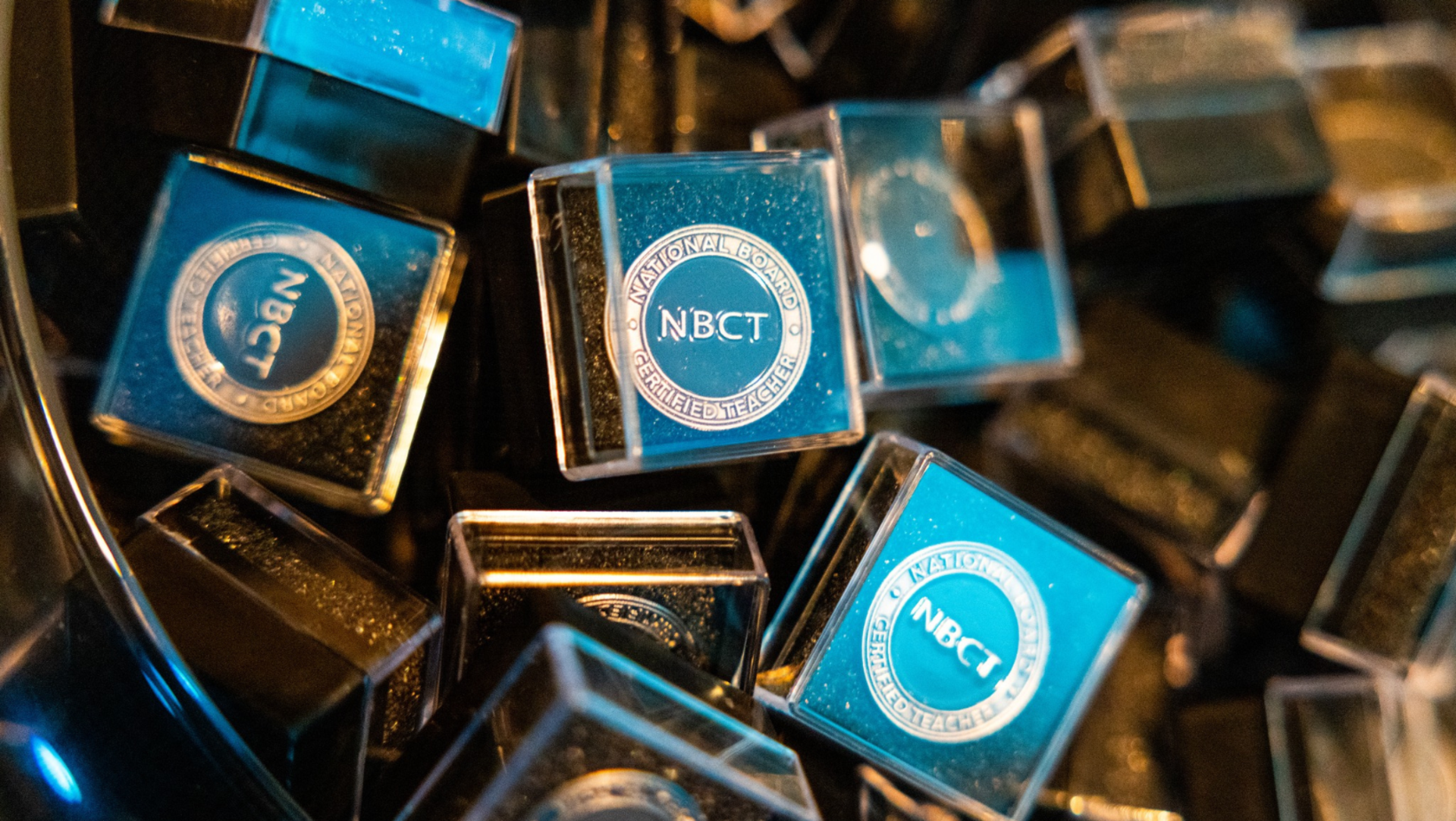December 7, 2016
How Does STEM Bring Real World Experiences to the Classroom?
With an ever-changing society, we need to prepare our learners for STEM-focused futures. See how one educator aims to make STEM a bigger part of classroom culture.
In education, a gap remains between what students are learning, and what business and industry leaders need their employees to know and be able to do. The U.S. Department of Labor has identified multiple factors as to why a skills gap exists, some of which can be addressed prior to students graduating high school, such as ensuring that students know where shortages exist and providing guidance as to how to prepare for these in-demand jobs in healthcare, engineering and computer science. According to the 2016 STEM Index, in 2014-2015, there were 230,246 additional STEM jobs, but only 30,835 additional STEM graduates. Creating a STEM foundation prior to high school graduation is nonnegotiable, if we’re aiming to increase the number of individuals pursuing STEM-related postsecondary degrees and careers.
I recently had the opportunity to visit businesses through an event called Lesson2Life in Phoenix. We met with employers to find out ways to better equip students to enter the workforce. A reoccurring theme that was expressed was the need for students to have a strong understanding of STEM areas. Schools, such as Western School of Science and Technology, are addressing this need by focusing on STEM areas, which prepares students for engineering and computer science jobs. Nonprofit organizations are working to make their mark too. For example, the Arizona Science Center opened its CREATE space to provide a low-cost opportunity for educators and students to engage in a massive makerspace, in order to learn about and experience STEM first-hand. Patrons use state-of-the-art tools such as 3-D printers and laser cutters to collaborate and learn how to create our future world.
Last week, my co-worker shared how her sixth-grade daughter, Bella, had won third place in a “shark tank” competition, which was hosted by the local high school DECA and STEM organizations. Elementary students were invited to create a problem-solving product. Students had the option to enter this classroom assignment into the competition. Bella decided to take her “Wafer Saver” invention to the next level. In doing so, she not only won a $100 third-place cash prize, but also an opportunity to meet with a patent attorney to learn more about entrepreneurship and product creation.
This is what STEM education is all about. Promoting a new product involves science, calculations, engineering, and technology — all of the STEM areas, plus marketing and soft skills wrapped into one project. STEM education infiltrates every subject and career area. What career field doesn’t require at least one STEM element in order to be be successful? Most require multiple areas, if not all. STEM education is key to closing the skills gap.
Derek Ozkal, program officer in Research and Policy for the Ewing Marion Kauffman Foundation, shares, “In the American workforce, a tremendous amount of human potential is underutilized.” He points out that teachers have no way of knowing the type of work students will be doing in five years, due to rapid technological changes, and points out that titles like “Big Data Architect” and “Android Developer” weren’t around five years ago. So, can we possibly know what the next five years will hold?
With the uncertainty about future career opportunities, learning STEM fundamentals and critical thinking skills will help to cultivate a workforce that is able to tackle the needs of our society and ensure a sound economy. STEM pervades every career area. The role of educators is no longer to prepare kids for jobs or to predict the jobs of the future. Instead, teachers need to equip students to invent the future workplace. Or, as, Meghan M. Biro puts it in her article, 5 Powerful Career Drivers For The Future Workforce, “We’re not talking who-moved-my-cheese here: we’re talking being the maker of cheese.”
Rachael Mann currently works as the Director of Programs at the Arizona K12 Center.
